F
f350ca
Forum Guest
Register Today
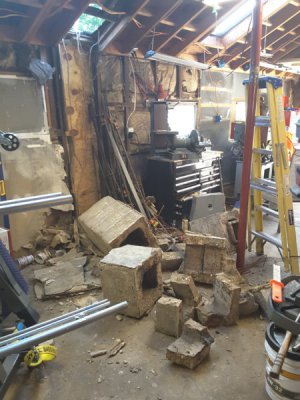
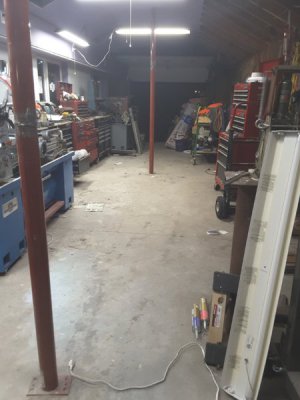
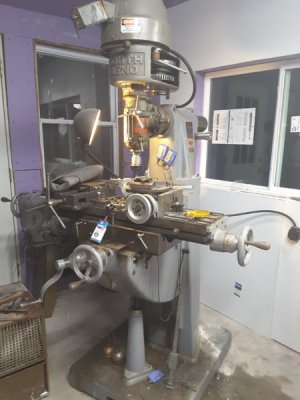
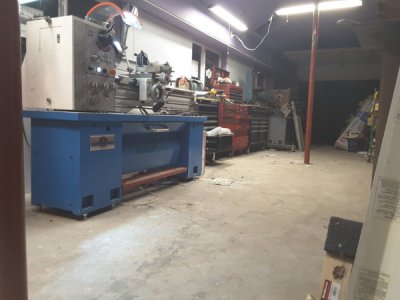
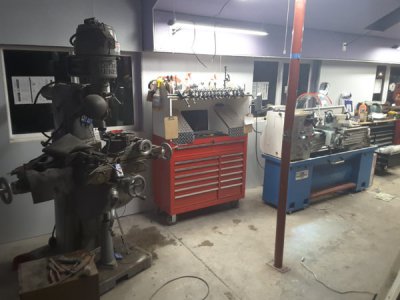
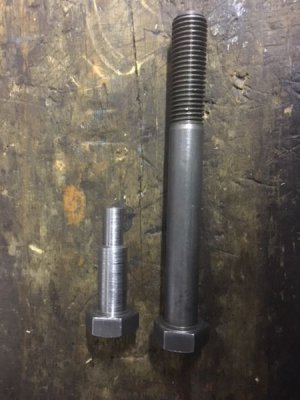
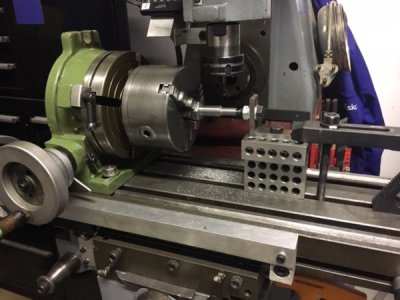
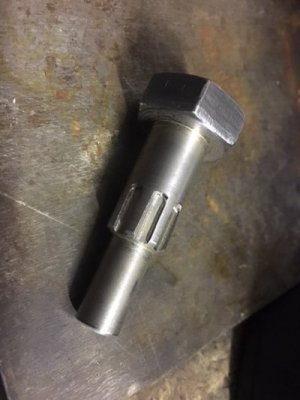
What is it used for?Made a specialised bike tool for a friend - boy that cycling thing seems expensive, the OEM tool seems to go for over $100 secondhand on Ebay.
Started with a couple of bolts which were de-galvanised overnight in some vinegar then cut and turned to size.
Made a specialised bike tool for a friend - boy that cycling thing seems expensive, the OEM tool seems to go for over $100 secondhand on Ebay.
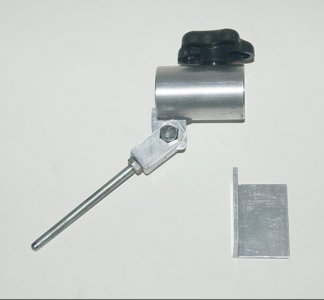
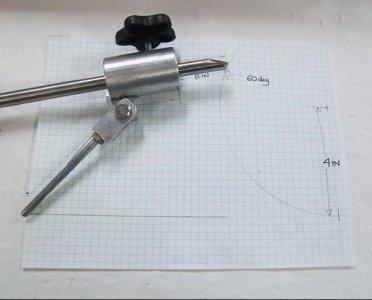
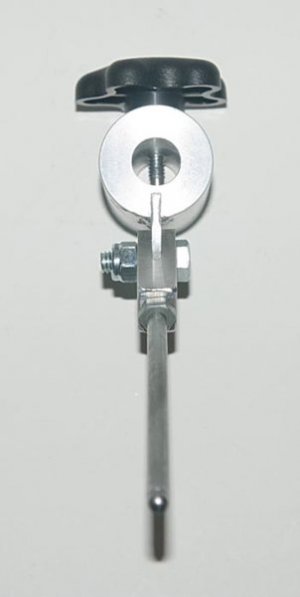
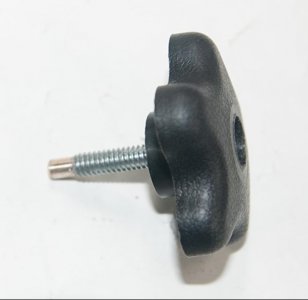
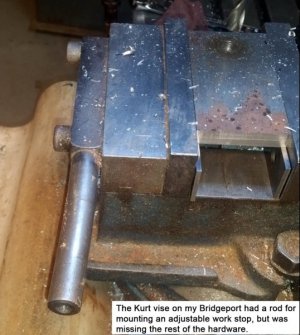
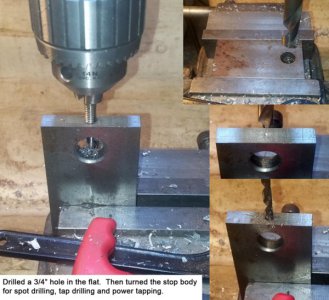
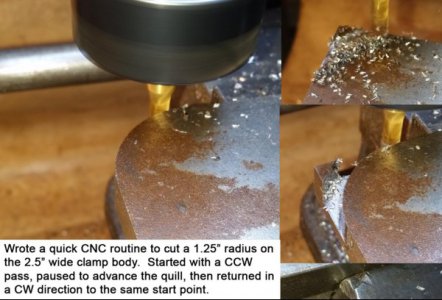
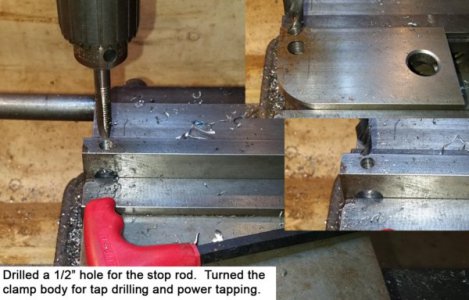
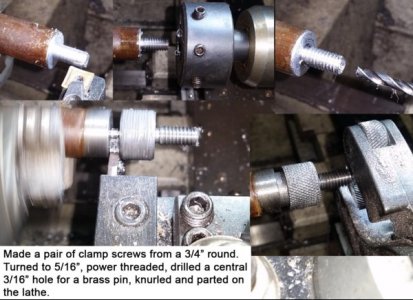
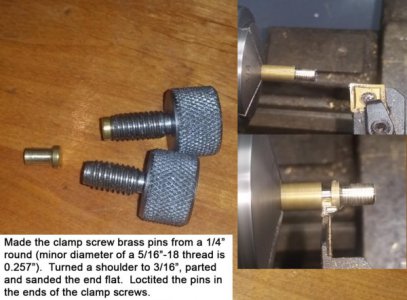
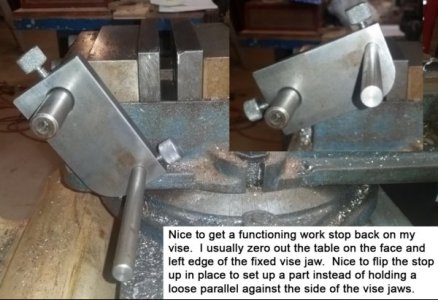
It is for disassimbling the rear free wheeling hub of a particular Shimano wheel assembly. Probably out of production as my friend is into older ‘classic’ bike parts. Not the first tool I have made for him and probably not the last.What is it used for?
